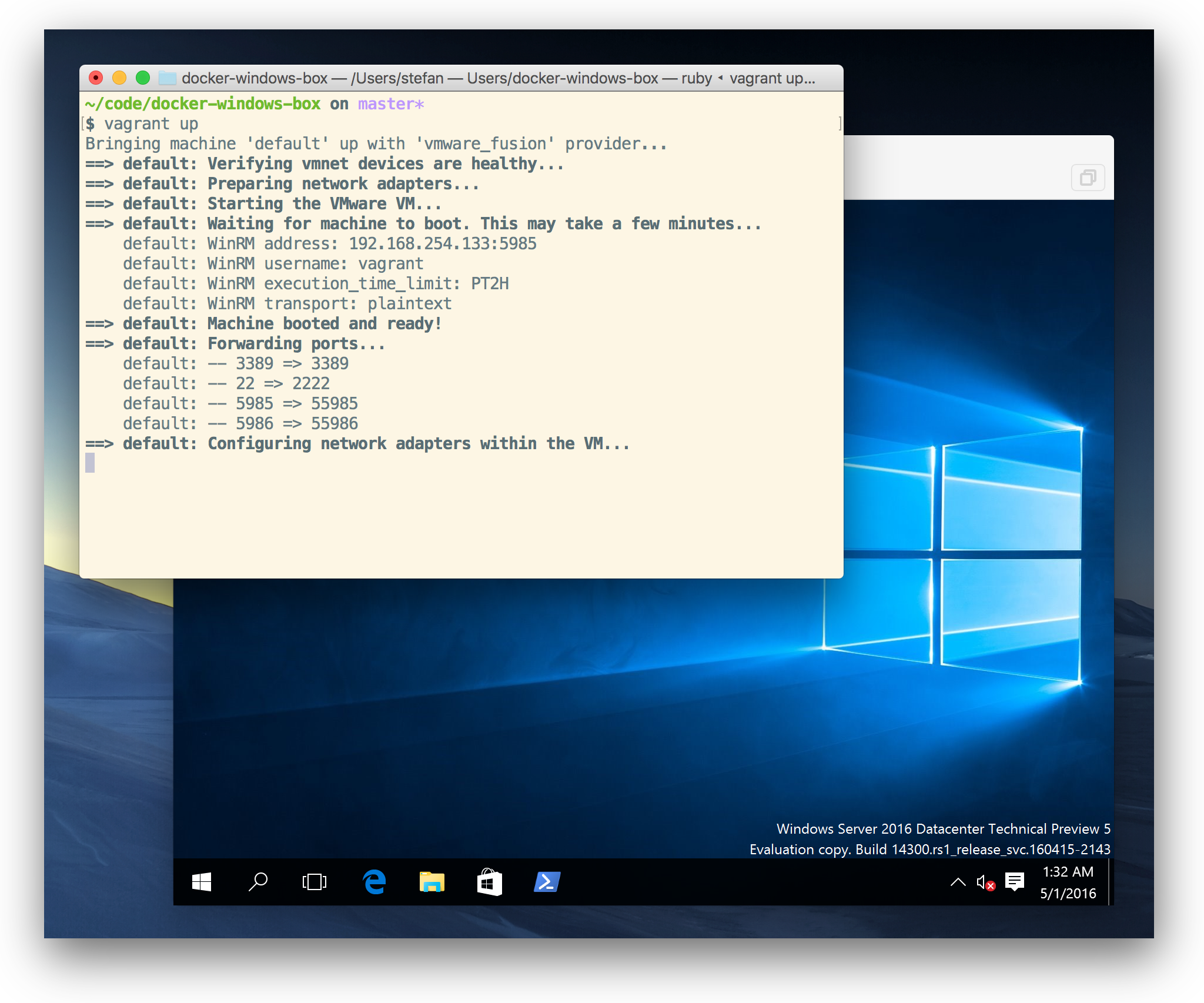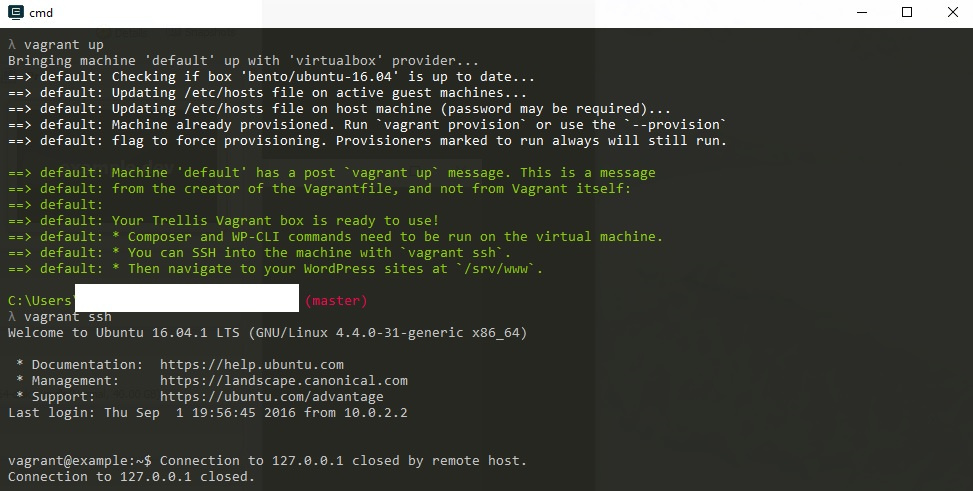

VAGRANT UP INSTALL
# config.vm.provision "shell", inline: <<-SHELL # apt-get update # apt-get install -y apache2 # SHELL end Please see the # documentation for more information about their specific syntax and use. Additional provisioners such as # Ansible, Chef, Docker, Puppet and Salt are also available.

# Enable provisioning with a shell script. # Example for VirtualBox: # config.vm.provider "virtualbox" do |vb| # Display the VirtualBox GUI when booting the machine # vb.gui = true # Customize the amount of memory and cpu on the VM: # vb.memory = "1024" # vb.cpus = "2" # end # View the documentation for the provider you are using for more # information on available options. # config.vm.synced_folder "./data", "/vagrant_data" # Provider-specific configuration so you can fine-tune various # backing providers for Vagrant. And the optional third # argument is a set of non-required options. The second argument is # the path on the guest to mount the folder. The first argument is # the path on the host to the actual folder. # config.vm.network "public_network" # Share an additional folder to the guest VM. # Bridged networks make the machine appear as another physical device on # your network. # config.vm.network "private_network", ip: "192.168.33.10" # Create a public network, which generally matched to bridged network. # Note: This will enable public access to the opened port # config.vm.network "forwarded_port", guest: 80, host: 8080 # Create a forwarded port mapping which allows access to a specific port # within the machine from a port on the host machine and only allow access # via 127.0.0.1 to disable public access # config.vm.network "forwarded_port", guest: 80, host: 8080, host_ip: "127.0.0.1" # Create a private network, which allows host-only access to the machine # using a specific IP. In the example below, # accessing "localhost:8080" will access port 80 on the guest machine. # config.vm.box_check_update = false # Create a forwarded port mapping which allows access to a specific port # within the machine from a port on the host machine. Read on to learn more about project setup. You have just created your first virtual environment with Vagrant. If you disable this, then # boxes will only be checked for updates when the user runs # `vagrant box outdated`. Vagrant allows you to work on any project, to install every dependency that project needs, and to set up any networking or synced folders, so you can continue working from the comfort of your own machine. # config.vm.hostname = "new-hostname" # Disable automatic box update checking. config.vm.box = "hashicorp/bionic64" # Change the hostname from vagrant. # Every Vagrant development environment requires a box. # For a complete reference, please see the online documentation at #. nfigure( "2") do |config| # The most common configuration options are documented and commented below. Please don't change it unless you know what # you're doing. The "2" in nfigure # configures the configuration version (we support older styles for # backwards compatibility). If the box appears to be booting properly, you may want to increase the timeout ("config.vm.boot_timeout") value.# -*- mode: ruby -*- # vi: set ft=ruby : # All Vagrant configuration is done below. Verify that authentication configurations are also setup properly, as well. It is a common problem that networking isn't setup properly in these boxes. If you're using a custom box, make sure that networking is properly working and you're able to connect to the machine. These errors are usually good hints as to what may be wrong.

If you look above, you should be able to see the error(s) that Vagrant had when attempting to connect to the machine. This means that Vagrant was unable to communicate with the guest machine within the configured ("config.vm.boot_timeout" value) time period.

Timed out while waiting for the machine to boot. => default: Preparing network interfaces based on configuration. => default: Clearing any previously set network interfaces. => default: Fixed port collision for 22 => 2222.
VAGRANT UP MAC
=> default: Matching MAC address for NAT networking. => default: Importing base box 'precise32'. Bringing machine 'default' up with 'virtualbox' provider. Got the box, run vagrant init and after vagrant up command I get this message.


 0 kommentar(er)
0 kommentar(er)
